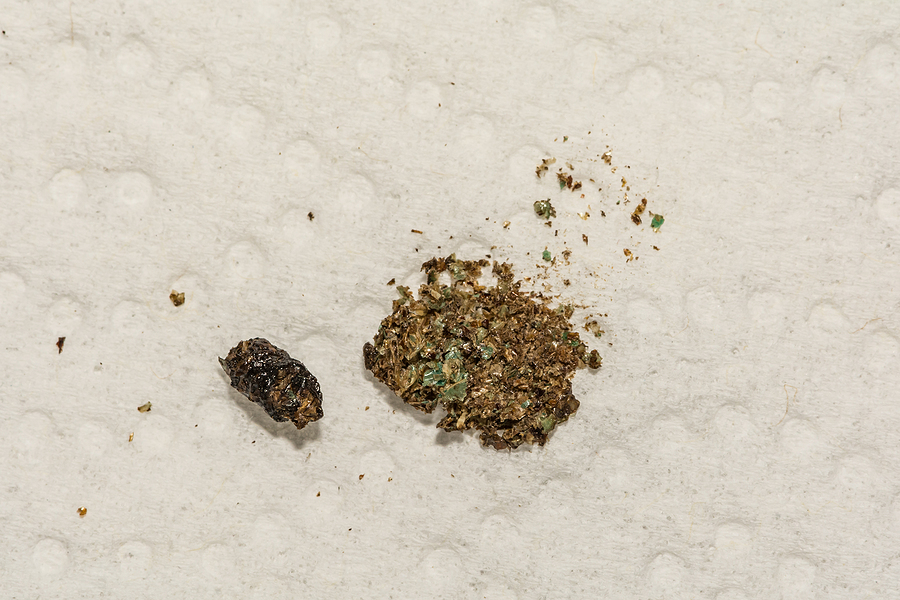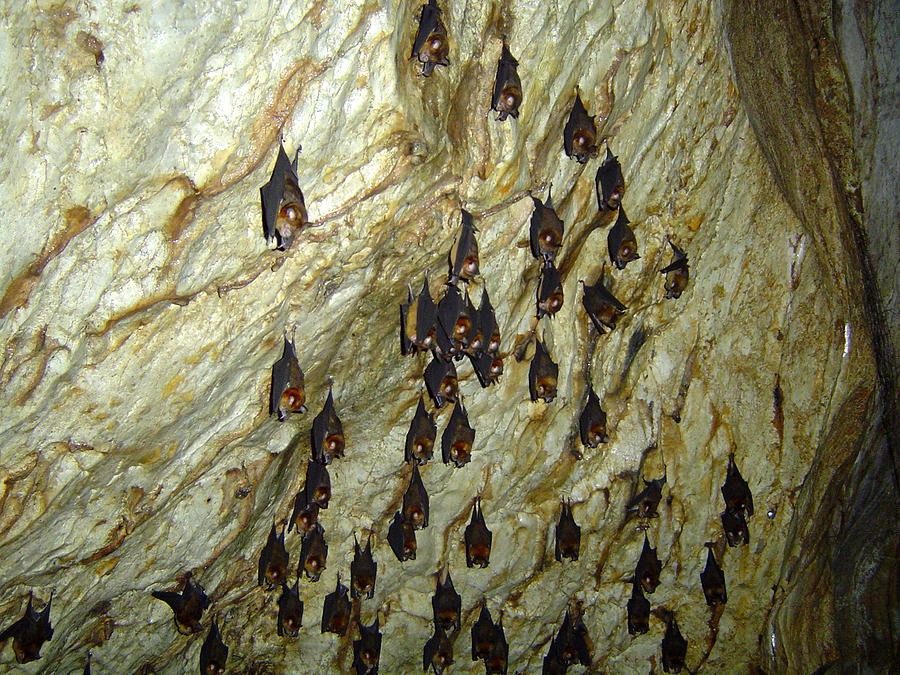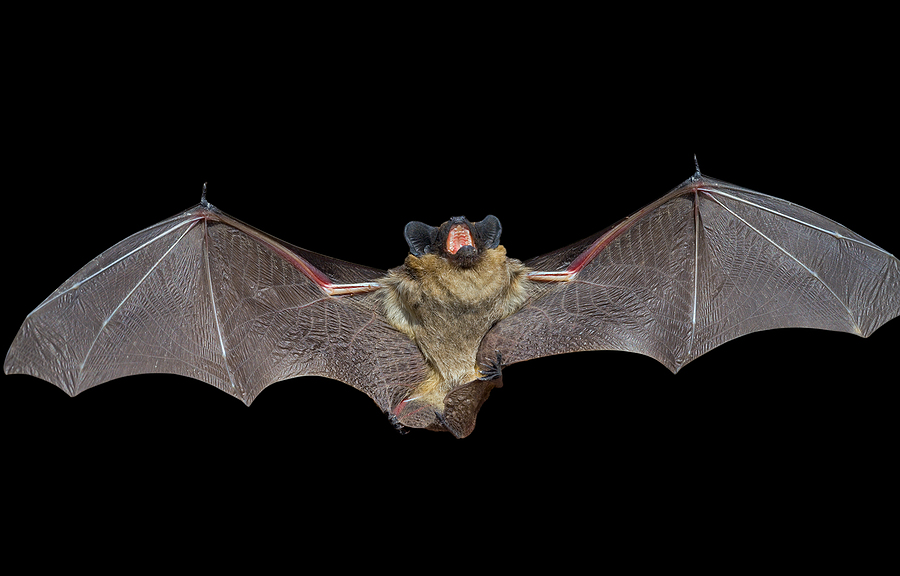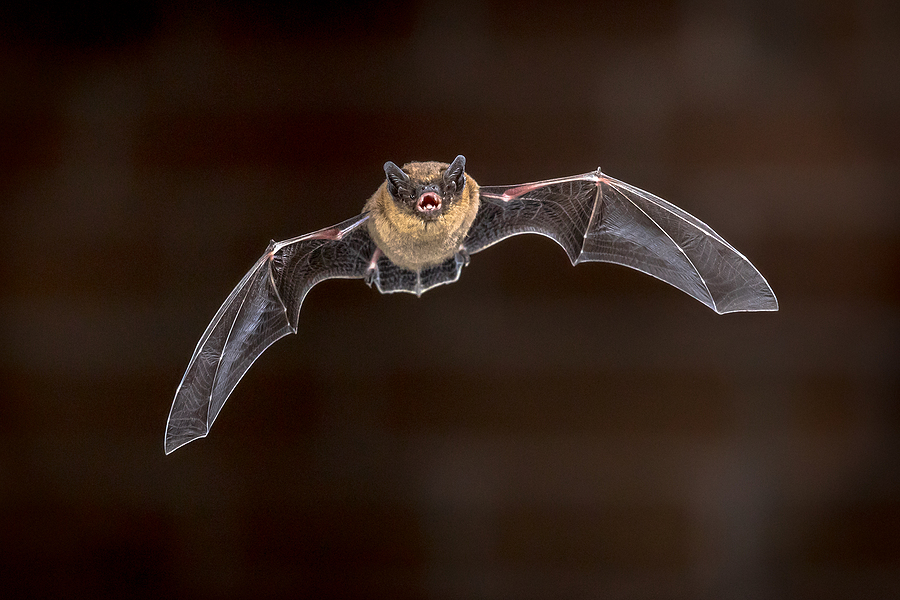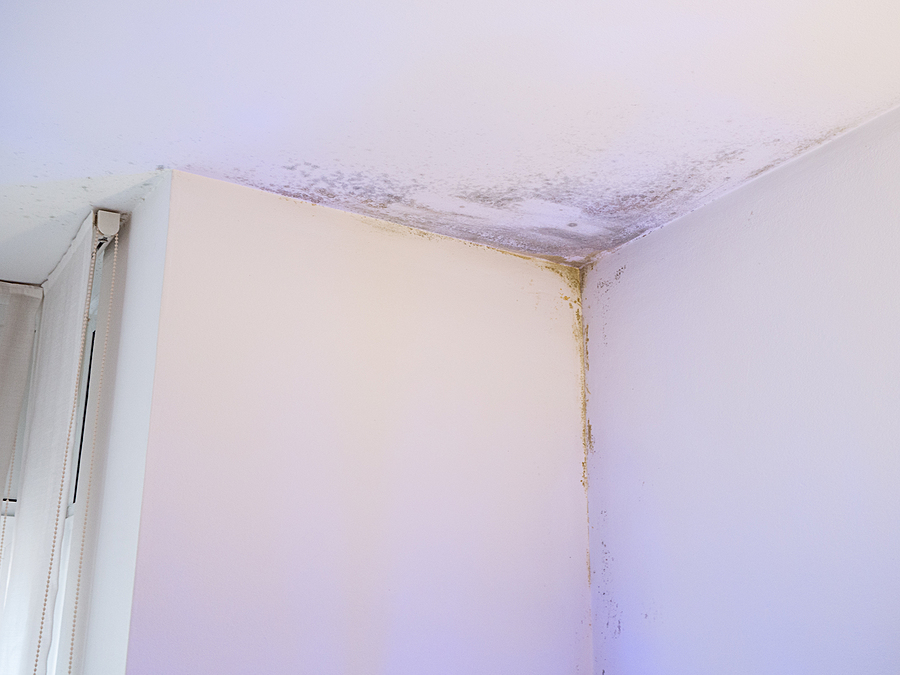Discovering bats in your Nashville home can be both startling and concerning. While these nocturnal creatures play a vital role in our ecosystem by controlling insect populations, their presence in residential spaces poses health risks and structural concerns that require immediate attention. Understanding proper bat exclusion methods and knowing when to call professionals can save you time, money, and potential health complications.
Nashville’s warm climate and abundant insect population create ideal conditions for various bat species, making residential bat infestations more common than many homeowners realize. The key to successful bat control lies in identifying the problem early, understanding the legal requirements, and implementing humane removal strategies that protect both your family and these protected animals.

Recognizing the Signs: Is Your Home Harboring Bats?
Identifying bat presence early can prevent a minor issue from becoming a major infestation. Bats in the attic often leave telltale signs that alert homeowners to their unwelcome guests.
Audio and Visual Clues
The most obvious indicator is hearing scratching, chittering, or fluttering sounds, particularly during dawn and dusk when bats are most active. You might notice dark shapes flying around your roofline or see bats entering and exiting small openings in your home’s exterior.
Physical Evidence
Bat droppings, known as guano, accumulate near entry points and roosting areas. Unlike rodent droppings, bat guano crumbles easily and contains visible insect fragments. You may also notice brown or black staining around entry points caused by oils from bat fur, along with a distinctive ammonia-like odor from urine accumulation.
Health and Safety Risks
A bat infestation presents serious health concerns beyond the nuisance factor. Bats can carry rabies, and their droppings may harbor histoplasma, a fungus that causes respiratory illness. Additionally, bat urine and guano can damage insulation, create unpleasant odors, and attract other pests to your home.
Why Professional Bat Removal Makes the Difference
While the DIY approach might seem tempting, safe bat removal requires specialized knowledge and equipment that most homeowners lack. Professional bat removal services understand bat behavior patterns, legal requirements, and proper safety protocols.
Safety First
Handling bats without proper protection puts you at risk of bites and disease transmission. Professional bat control companies use appropriate safety gear and follow established protocols to minimize health risks during the removal process.
Legal Compliance
Many bat species are protected by federal and state laws, making certain removal methods illegal. Professionals understand these regulations and ensure all removal activities comply with local wildlife protection statutes.
Long-term Effectiveness
Experienced bat removal specialists identify all entry points, understand seasonal bat behavior, and implement comprehensive exclusion strategies that prevent future infestations. This thorough approach proves more cost-effective than repeated DIY attempts.
Humane Bat Exclusion: The Gold Standard
Modern bat control focuses on exclusion rather than extermination, allowing bats to leave naturally while preventing their return. This approach respects wildlife protection laws while effectively solving your bat problem.
One-Way Exclusion Devices
The most effective humane method involves installing one-way exclusion devices at entry points. These allow bats to exit during their nightly feeding but prevent re-entry. Professional bat control companies typically leave these devices in place for several days to ensure all bats have departed.
Timing Considerations
Successful bat exclusion requires careful timing. The process should avoid maternity seasons when flightless young bats may be present. In Nashville, this typically means avoiding exclusion work from May through August when female bats are raising their pups.
Multi-Point Strategy
Effective exclusion addresses all potential entry points simultaneously. Sealing some openings while leaving others accessible simply redirects bats to alternative entrances, making the problem more difficult to resolve.
Sealing Entry Points: Fortifying Your Home
Once bats have been excluded, preventing their return requires identifying and sealing all potential entry points. Bats can squeeze through openings as small as half an inch, making thorough inspection crucial.
Common Entry Points
Bats typically enter homes through gaps in rooflines, damaged vents, loose siding, and openings around chimneys. They also exploit spaces where different building materials meet, such as where brick meets wood siding.
Appropriate Materials
Professional-grade exclusion uses materials that withstand weather and animal pressure. Steel wool, hardware cloth, and specialized sealants provide long-lasting barriers when properly installed. Avoid materials like spray foam alone, which bats can easily tear through.
Professional Assessment
A comprehensive inspection by a bat control company identifies entry points that untrained eyes might miss. Professionals also recognize signs of structural damage that may require repair before effective sealing can occur.
Legal Considerations: Navigating Nashville Regulations
Tennessee wildlife laws protect most bat species, making illegal removal methods a costly mistake. Understanding these regulations helps homeowners make informed decisions about bat control strategies.
- Protected Species – Several bat species common to Nashville area are protected under state and federal laws. These protections make lethal removal methods illegal and require specific approaches to exclusion timing and methods.
- Permit Requirements – Certain bat removal activities may require permits or must be performed by licensed professionals. Working with a reputable bat control company ensures compliance with all applicable regulations.
- Seasonal Restrictions – Legal restrictions often coincide with biological necessities, particularly regarding maternity colonies. Professional services understand these timing requirements and plan exclusion work accordingly.
Selecting the Right Bat Removal Service
Choosing a qualified bat control company requires evaluating experience, methods, and credentials. The right professional makes the difference between effective, lasting results and repeated problems.
- Essential Qualifications – Look for companies with specific bat removal experience, proper licensing, and insurance coverage. Ask about their exclusion methods, warranty policies, and follow-up services.
- Red Flags to Avoid – Be wary of services that promise immediate results, suggest killing bats, or offer unusually low prices. Reputable companies provide detailed assessments, explain their methods, and offer realistic timelines.
- Questions to Ask – Inquire about their exclusion process, cleanup services, and prevention guarantees. A professional bat control company should willingly explain their methods and provide references from previous customers.
Post-Removal: Cleanup and Prevention
Successful bat control extends beyond removal to include proper cleanup and ongoing prevention measures. These final steps ensure your home remains safe and bat-free.
- Guano Cleanup – Professional cleanup removes health hazards associated with bat droppings and urine. This process requires specialized equipment and safety procedures to prevent disease transmission during removal.
- Damage Repair – Bat infestations often damage insulation, create odor problems, and stain building materials. Addressing these issues prevents secondary problems and restores your home’s comfort and value.
- Ongoing Monitoring – Regular inspections help identify potential problems before they become major infestations. Many professional services include follow-up visits to ensure exclusion measures remain effective.
In Summary
Effective bat control combines professional removal with ongoing vigilance and maintenance. Taking proactive steps protects your investment and keeps your family safe from future bat problems.
Regular exterior inspections, prompt repair of potential entry points, and maintaining professional relationships with qualified bat control companies provide the best long-term protection. Remember that successful bat exclusion requires expertise, proper timing, and comprehensive approach that addresses both immediate problems and future prevention.
If you suspect bats have taken up residence in your Nashville home, don’t wait for the problem to worsen. Contact Budget Animal Removal at 615-337-9165 today for a thorough assessment and safe, humane exclusion that protects both your family and these important native species.
Book a Bat Control Inspection Now
Related Post: The Upside Down: Managing Bats in Your Attic


